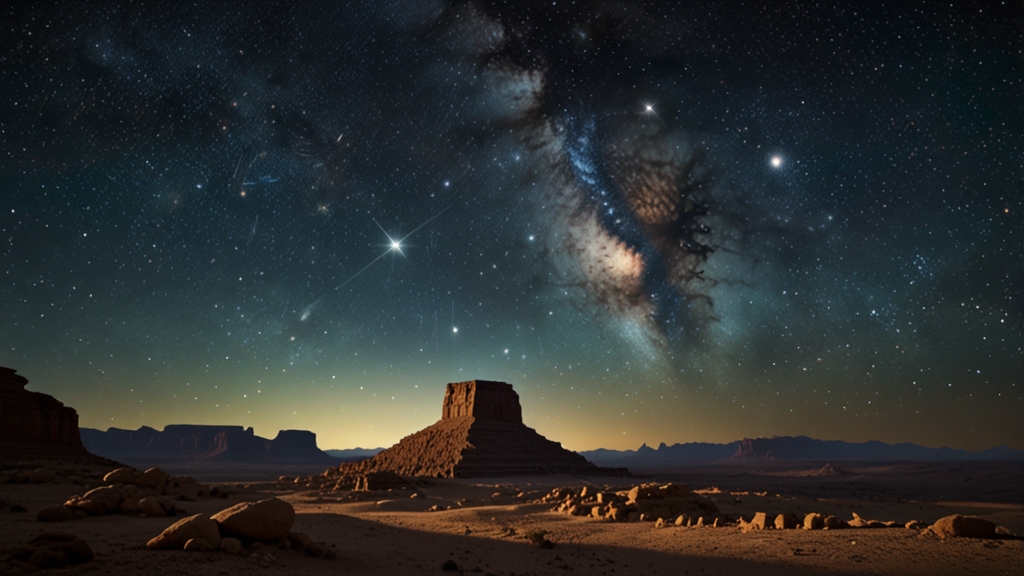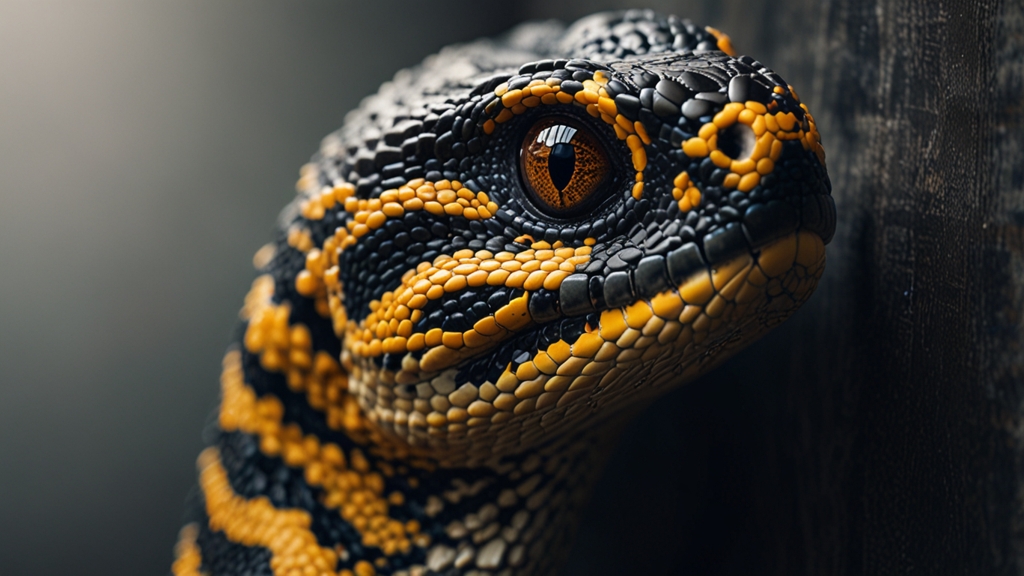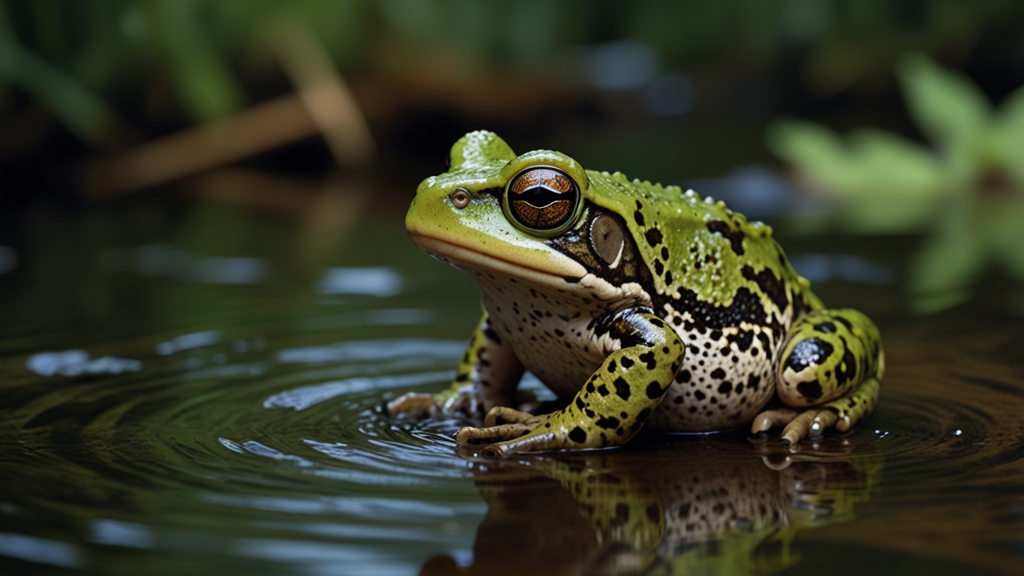Natures Last Chance: The Race to Save Our Planet's Biodiversity
Planet Earth is a living tapestry, woven with an incredible diversity of species and ecosystems. From the densest rainforests to the deepest oceans, biodiversity plays a critical role in maintaining the balance of natural systems. Tragically, this intricate web of life is under severe threat from human activities. This article explores the importance of biodiversity, the threats it faces, and the urgent race to preserve it.
The Importance of Biodiversity
Biodiversity, which encompasses the variety of life on Earth, is vital for several reasons. Firstly, it ensures the stability and resilience of ecosystems. Diverse ecosystems can better withstand environmental changes and disruptions. Secondly, biodiversity is crucial for human survival. It provides us with food, medicine, and clean water, and plays a significant role in air and soil quality. Most importantly, it supports all natural services that make life possible.
"Without biodiversity, the world as we know it would cease to exist. It’s the foundation of ecosystem services to which human well-being is intimately linked." – Dr. Thomas Lovejoy
Current Threats to Biodiversity
The threats to biodiversity are numerous and complex. Habitat destruction, driven by deforestation, urbanization, and agricultural expansion, is one of the leading causes of biodiversity loss. When habitats are destroyed, species are forced to adapt, migrate, or perish, leading to a decline in biodiversity.
Climate change further exacerbates these issues. Rising global temperatures, changing precipitation patterns, and more frequent extreme weather events disrupt delicate ecosystems. This environmental volatility can lead to the extinction of species that cannot adapt quickly enough.
Pollution is another significant threat. Chemicals, plastics, and other pollutants contaminate ecosystems, harming wildlife and disrupting natural processes. Overexploitation, such as overfishing and hunting, depletes species populations faster than they can recover. Additionally, invasive species introduced by human activity outcompete native species, leading to further biodiversity loss.
Conservation Efforts and Success Stories
In response to these challenges, numerous conservation efforts are underway across the globe. Protected areas, such as national parks and wildlife reserves, are established to conserve habitats and species. These areas serve as safe havens where ecosystems can function without human interference.
Many organizations and governments are also working on species-specific conservation programs. For instance, the successful breeding programs for the California Condor and efforts to protect the Giant Panda have led to significant rebounds in their populations.
"We must recognize the intrinsic value of nature and understand that the preservation of biodiversity is essential for our own survival." – Dr. Jane Goodall
The Role of Technology and Innovation
Modern technology and innovation play a crucial role in conservation efforts. Satellite imagery and drones are used to monitor and protect remote ecosystems. DNA barcoding helps in identifying and cataloging species, making it easier to track biodiversity changes.
Innovative approaches like rewilding, which involves restoring ecosystems to their natural state, are also gaining traction. This can include reintroducing keystone species that play a critical role in maintaining ecosystem balance.
What We Can Do
Individual actions can collectively make a significant impact on biodiversity conservation. Simple practices such as reducing waste, supporting sustainable products, and participating in local conservation projects can contribute to larger efforts. Raising awareness and education about biodiversity issues can also foster a collective responsibility towards nature.
"The greatest threat to our planet is the belief that someone else will save it." – Robert Swan
Conclusion
The race to save our planet's biodiversity is a race against time. With the ongoing threats of habitat destruction, climate change, pollution, overexploitation, and invasive species, the urgency to act cannot be overstated. However, concerted efforts from individuals, communities, governments, and organizations give hope that it is not too late. By recognizing the intrinsic value of biodiversity and working tirelessly to protect it, we can ensure that Earth's rich tapestry of life continues to thrive for future generations.









